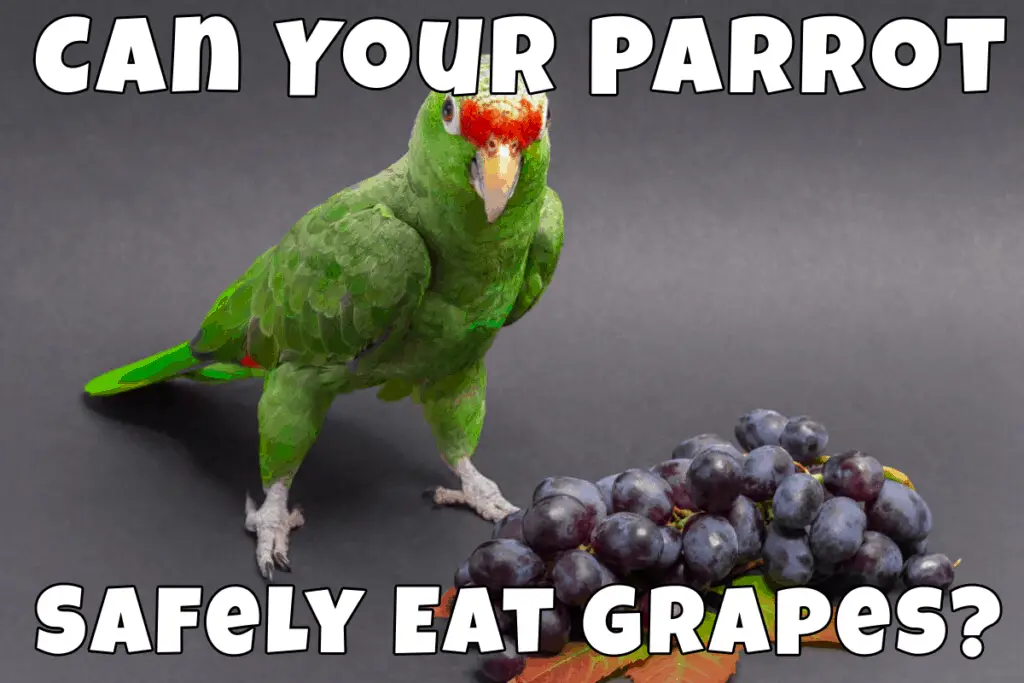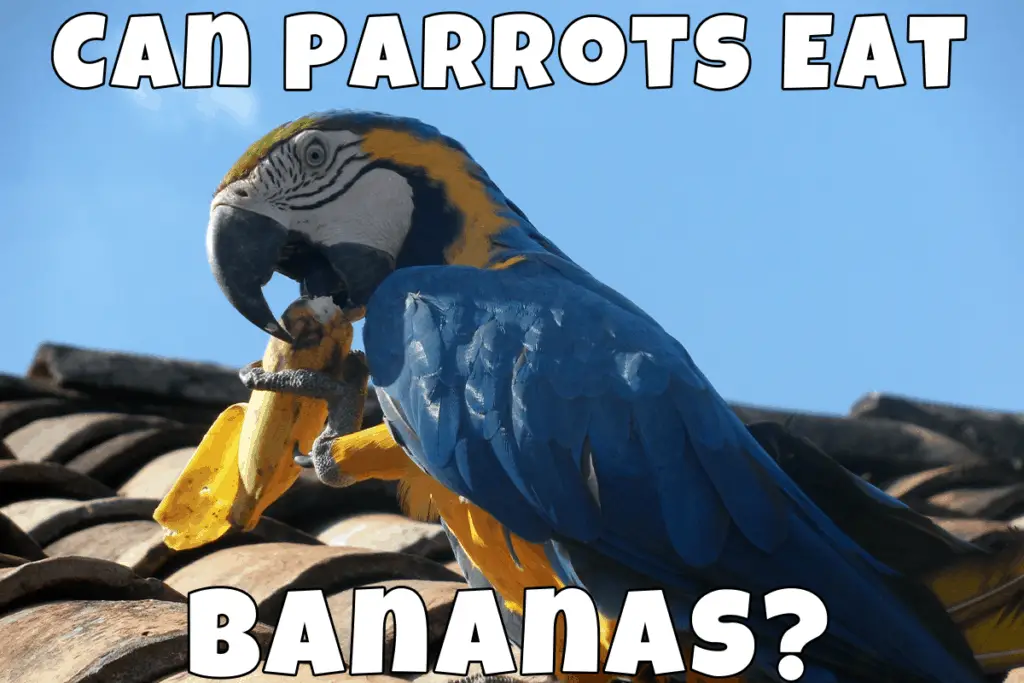Most of the time, whole foods that we have at home are safe for parrots to eat. But that doesn’t mean that there are no exceptions. E.g., the favorite avocado of all dieticians is toxic for parrots. This is a bright example that you have to check all food you have at home for safety. The same concerns exotic foods, the rare guests in your kitchen.
Today, I’d like to talk to you about a prickly pear. This was a rare guest in my kitchen before shopping for parrot food. As this is a safe product to give to your parrot, you better invest in this cacti to provide the bird with additional benefits and introduce a new taste!
Thus, I’d like to take a deeper look at serving prickly pear, how often, and whether you can eat it yourself!
And I’d like to share this information with you!
What Are the Nutritional Benefits of Prickly Pear?
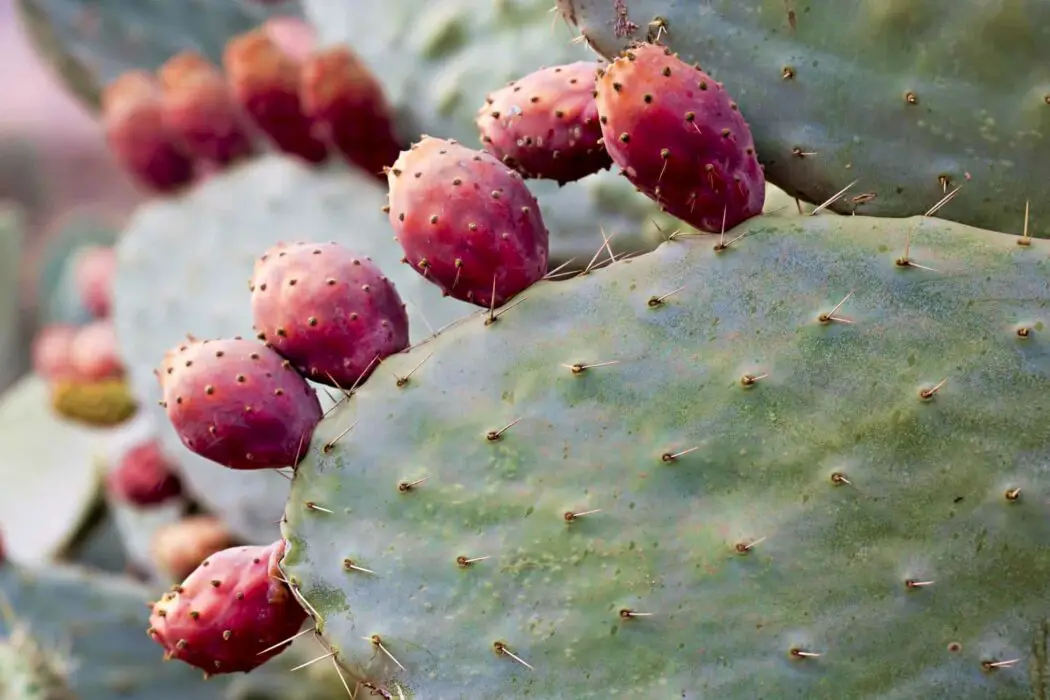
You may wonder, how could there be more nutrients in cacti than growing in deserted areas? In fact, there are enough nutrients that this “pear” can compete with most vegetables and fruit in terms of nutritional benefits.
Which of them are most useful for parrots?
Calcium is essential for the health of a parrot’s bones, feathers, and beak. Their strength determines the longevity of a parrot in the wild. In captivity, your parrot may survive while lacking calcium, but it’ll suffer from numerous illnesses.
Vitamin A
Speaking of feathers, if you want to keep them shiny and healthy, provide foods rich in vitamin A. It’s harder to find than vitamin C, for example, but be sure to check whether you provide it. Vitamin A keeps a parrot’s feathers so bright and colorful!
It’s also better to give it all from natural sources. Unlike humans, parrots shouldn’t consume synthetic vit. A. It’s toxic for them.
Vitamin C
This is a common vitamin in fruit and vegetables. Though prickly pear doesn’t offer whopping amounts of vitamin C, it adds up with other foods during the day and boosts your pet’s immune system. This is also an essential component of preserving your parrot’s youthful health, alongside other antioxidants.
Vitamin K
Vitamin K has everything to do with blood. It improves its coagulation which is the process of clogging wounds! Parrots produce this vitamin naturally, but you can always aid them with K-rich foods.
Can Parrots Safely Eat Pineapple?
How Often Can Parrots Eat Prickly Pear?
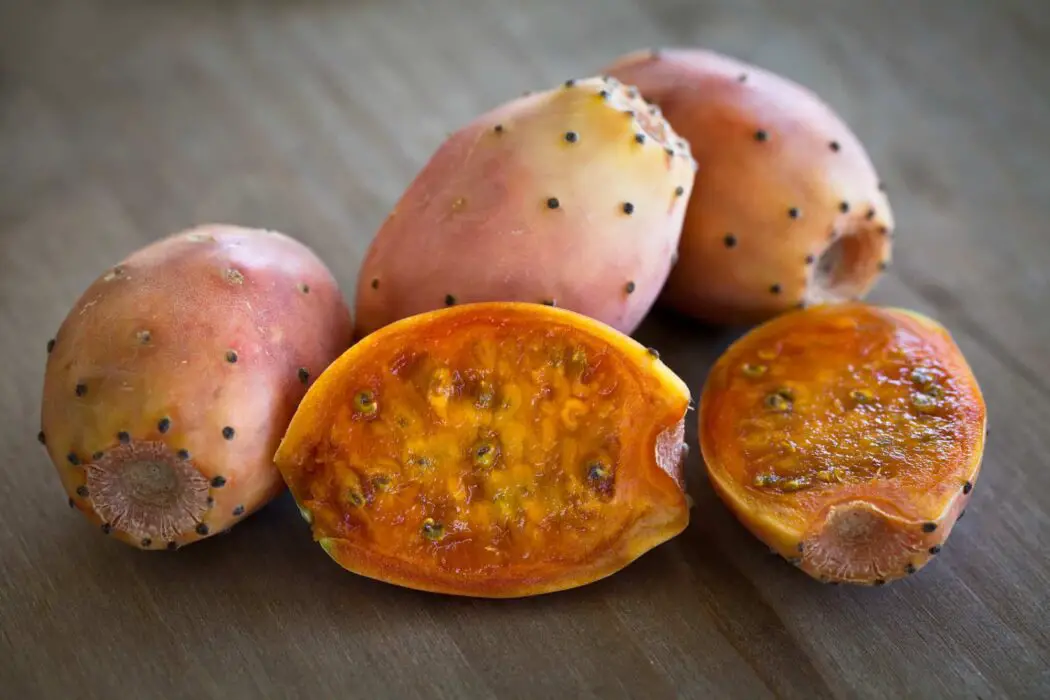
In theory, prickly pear doesn’t contain harmful elements and is not too high in calories; thus, you can offer it every day. But only in small amounts.
However, knowing parrots, most of them refuse to eat the same things every day. So, it’s better to mix things up and give prickly pear several times a week, no more than once a day.
Besides, this pear doesn’t contain all the necessary daily nutrients for parrots. You need to keep your pet’s diet well-balanced and offer different varieties of foods.
In general, keep the recommended 60-70 percent of pellets and about 40 percent of fruit, vegetables, nuts, and other treats. You can also check some of the best parrot pellets of 2021 in one of my previous articles. Hurry before the year ends!
If you give prickly pear, it can be served either on its own as a treat. Or you can mix it with a bit of banana and even the regular pear as a fruit salad.
Can Parrots Eat Prickly Pair Seeds and Skin Safely?
That’s a good question. One of them is safe, the other is dangerous! Which do you think?
Seeds – safe.
Skin – not so much.
Although people usually don’t eat prickly pear seeds as they are too hard, your parrot will love them. They’ll take it as an exciting pastime.
The skin is better to be peeled. In the bin! It contains small thorn-like dots, more of splinters.
Prickly pear glochids may hurt your parrot! Stores don’t always do a good job removing them. So you have to be extra careful not to hurt yourself as you peel and cut the pear. And to keep your bird safe.
Plus, pesticides are always a risk if you buy foods from unknown vendors. Most of them are contained in the skin. So, by peeling this fruit, you remove two dangers at once.
Also, people do eat prickly pear as well! I’ve become a fan after buying one for my pet There are numerous recipes, and most of them suggest peeling the skin just to be safe!
Can Parrots Eat Regular Pears?
While we speak of “pears” and alike, let’s answer a related question: Can parrots eat pears safely? The regular ones. These two shouldn’t be confused.
But your parrot may eat all pear types nevertheless, even if you confuse them in the store. Regular pears also bring many nutritional benefits, but they contain other elements, mainly the same vitamins C and K, but also potassium, iron, magnesium, folate.
What Do Macaws Eat: In Captivity VS In the Wild
Can Parrots Eat Jicama?
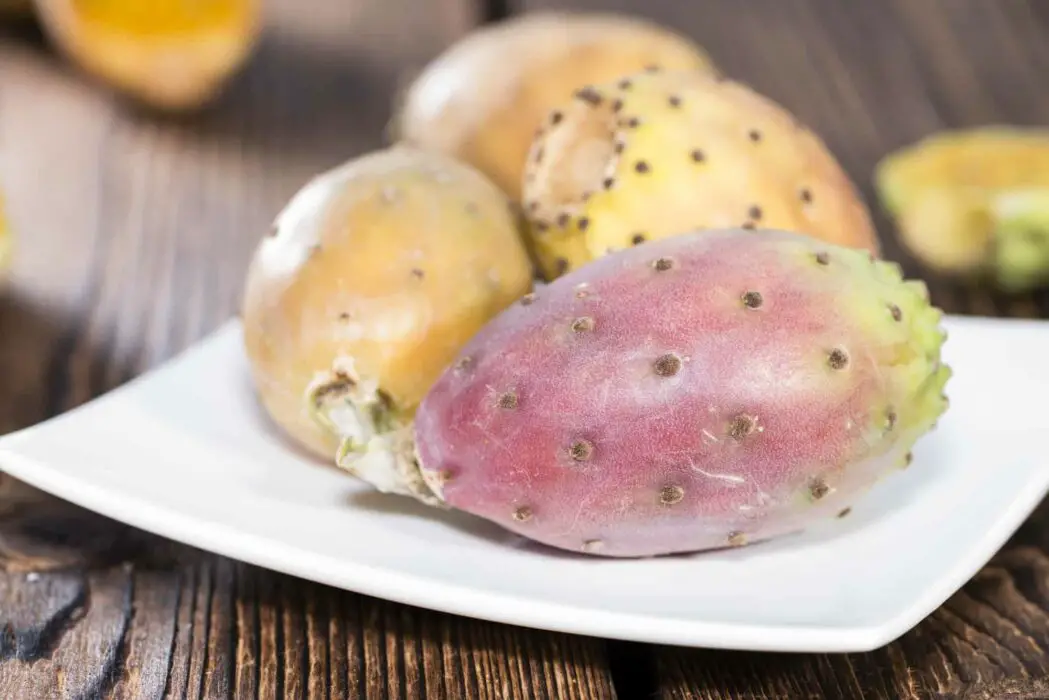
This is yet another product from Mexico that can be found right alongside prickly pear. If you’ve ever wondered whether your parrot can eat it or not, rest assured that it’s also safe for parrots. But only the root vegetable! It looks like a turnip. And holds similar nutritional value to a turnip. The rest of the plant is toxic for parrots and can lead to severe consequences. Basically, everything above the ground is forbidden!
It can become an occasional snack due to the high number of carbohydrates in the flesh. Parrots with obesity should avoid it.
Can Parrots Eat Dried Fruit Safely? What Types to Avoid?
Conclusion
In short, prickly pear is helpful for your bird but be sure to peel its skin before offering it to the pet. Don’t worry about the seeds; they are completely safe.
Even if you’ve never tried this cacti fruit yourself, a parrot can become a great motivation for you to try this exotic (for some countries more than the others) food! You can try it raw yourself, or you can make delicious desserts from it!

